Are you tired of buying expensive herbs from the supermarket, only to have them all wilt away in a few days?
Looking for a cheaper way to eating organic herbs?
To make sure you have herbs that are organic and pesticide free, try growing them yourself. Luckily, most herbs are not high maintenance and you can easily grow them indoors.
Picking herbs that you know you will end up using will make taking care of them feel less like a chore.
Easy to Grow Indoor Herbs
1. Chives
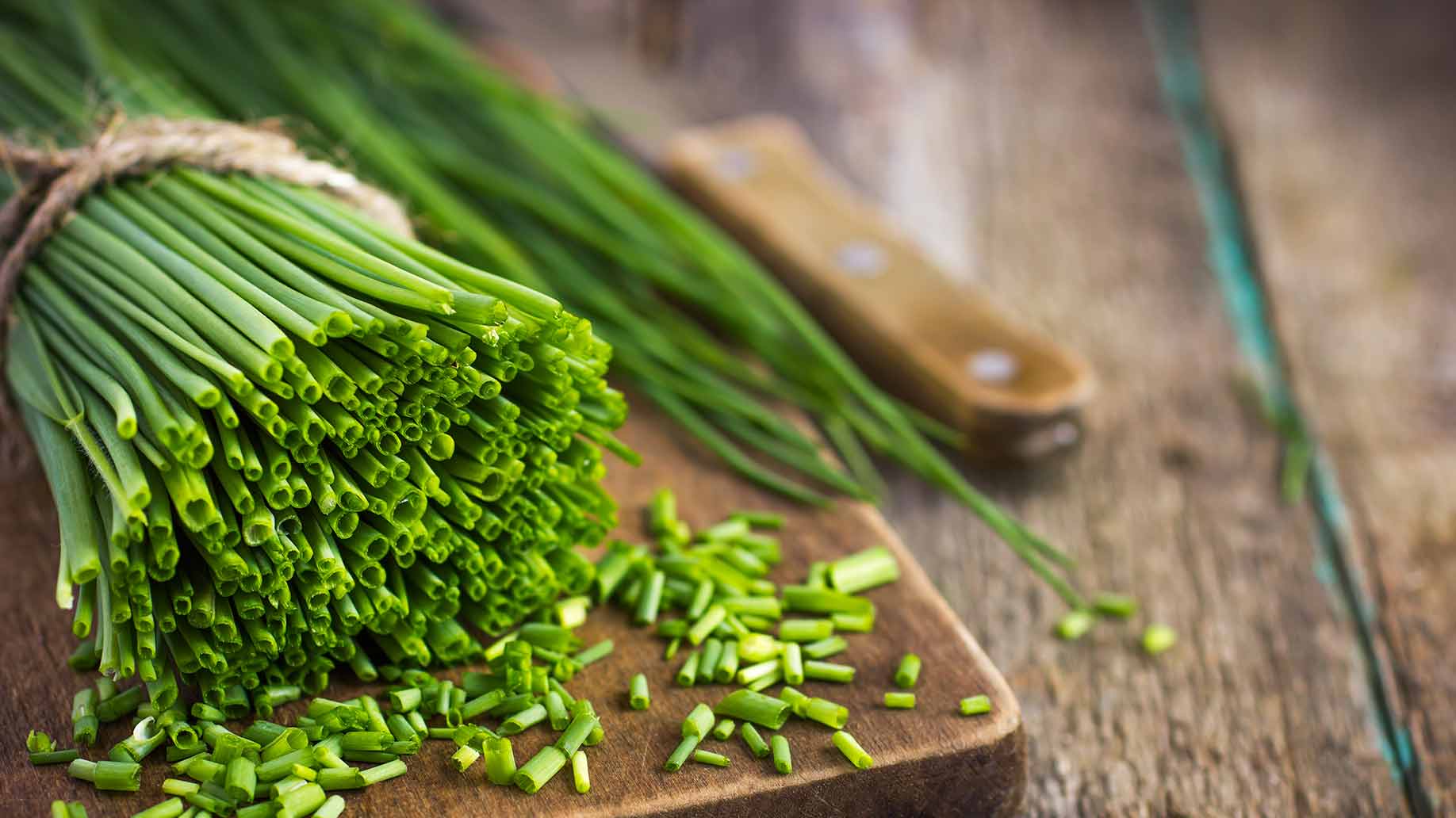
Chives are hardy herbs that last throughout the winter and can be used in any dish. They can withstand cooler temperatures (as low as 55 degrees during the day) and love sunlight.
Chives are one of the few herbs that like its stems and soil to be moistened. Once a week sprinkle some water on the stems with a spray bottle.
Once your chives grow to at least 6 inches tall, you can give your herb a haircut. Harvest it with a scissor to avoid dislodging the roots. Make sure to leave at least 2 inches for the plant to regrow.
Store extra chives in the freezer, in ziplock bags. The entire plant is edible, so enjoy!
Recommended:
2. Oregano
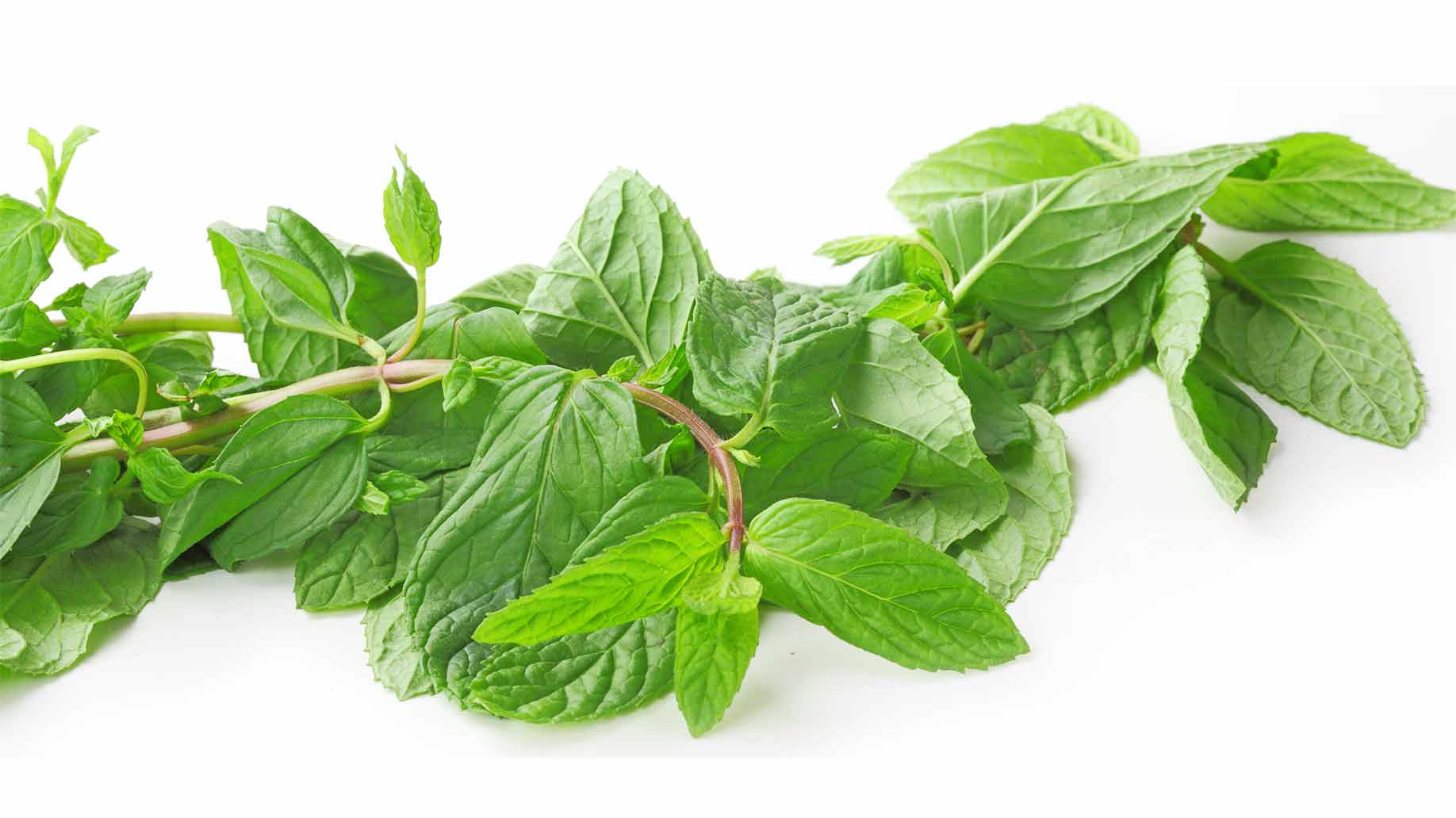
They also last well throughout the winter and can withstand cooler temperatures (as low as 55 degrees during the day).
Oregano prefers drier soil and lots of sunlight. Make sure the soil is completely dry between watering. Rotate your pot once a week to ensure adequate sunlight for your entire plant.
Do not pluck more than 1/2 the plant at a time. Try to avoid straining the stem while trimming its leaves – this could dislodge its roots.
Oregano grows faster the more frequently it gets haircuts. Your herb is ready for harvesting when it is at least 6 inches tall.
Recommended:
3. Parsley
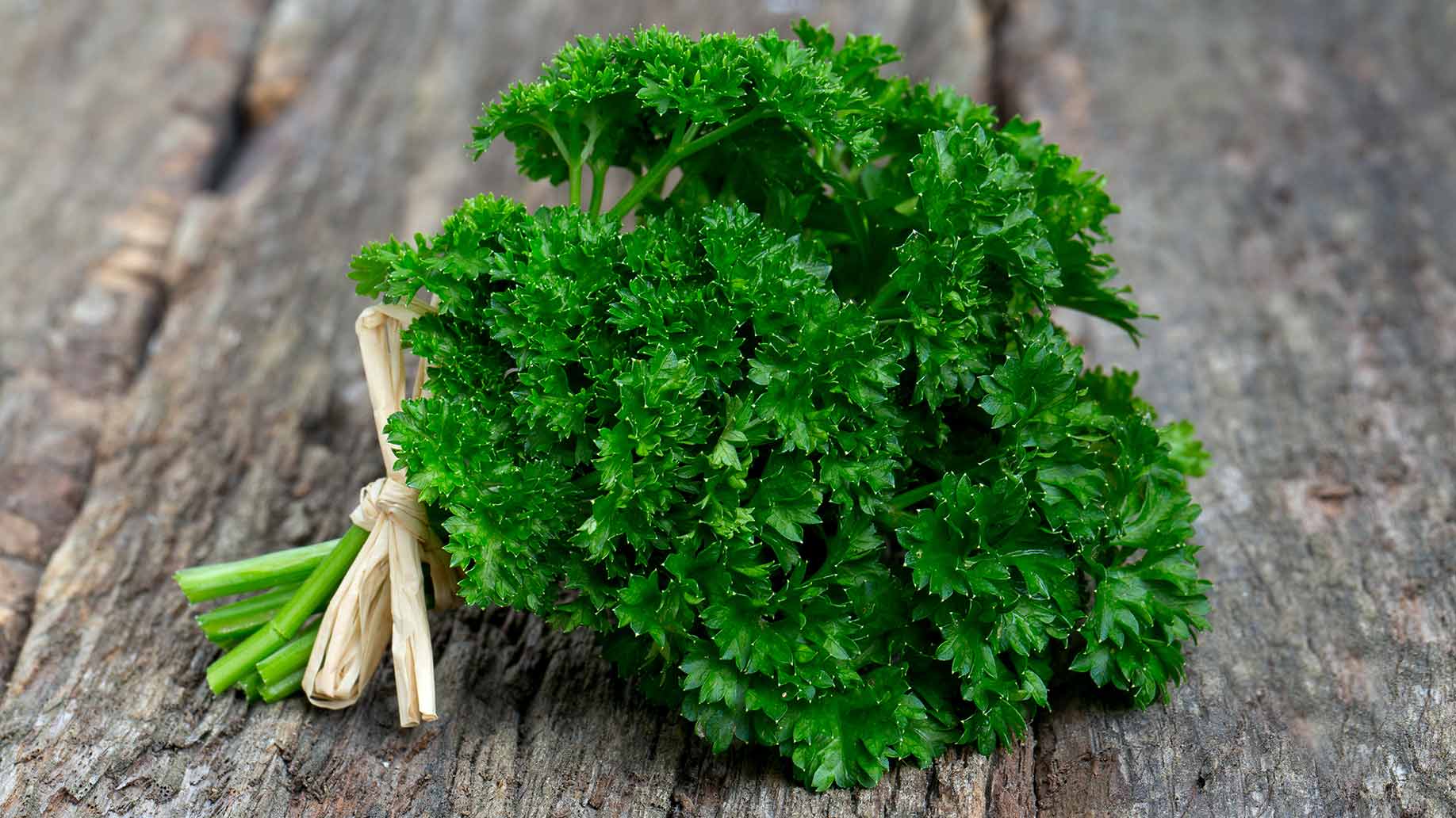
Parsley grows all year long and can withstand cooler temperatures. This herb likes moist areas, so the kitchen is a good place to grow them.
Rotate the plant and water once a week. You can start harvesting parsley when it is at least 6 inches. Make sure to leave at least 2 inches for regrowth.
You can use both the leaves and stems of the plant in your cooking. Make sure to trim the herb often to avoid toughness.
If you prefer parsley dried, cut off the stems and tie them (pictured above). Hang them upside down in a cool, dark, and dry place.
Recommended:
4. Lemongrass
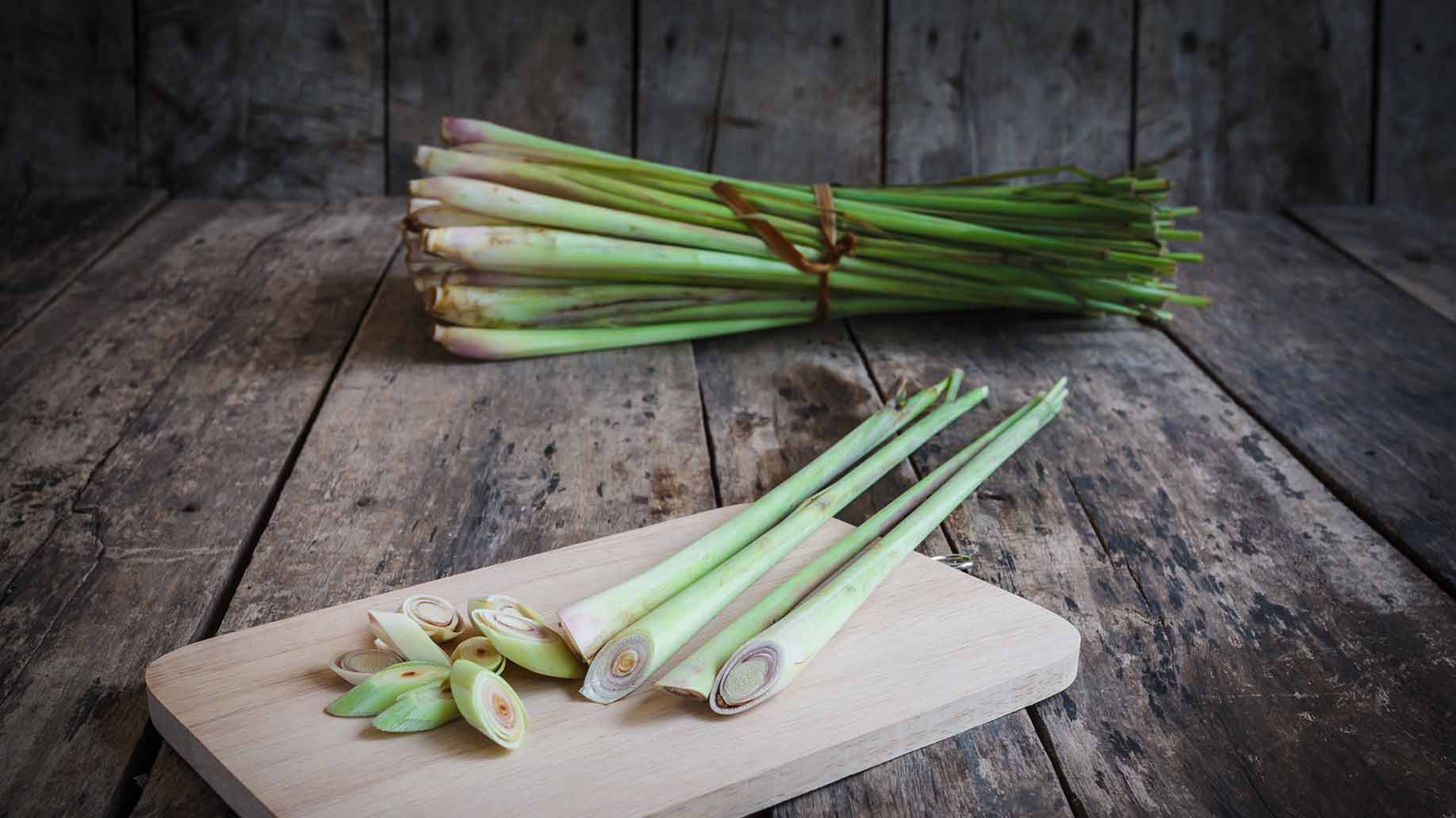
Lemongrass is an easy herb to grow. You can buy some stalks from your local Asian supermarket. Make sure the stalks are long and the stems look healthy.
When you get home, place the stalks into a long glass or jar, filled with a few inches of water. The roots will start to grow on the bottom and green stems will grow from the top.
After about a week, you can plant the stalks in some soil–a few inches above the roots. After a few months, you should start to see blades of grass growing.
Make sure to rotate your plant once a week so that the entire plant receives sunlight.
You can harvest once the blades are at least 12 inches. Store extra lemongrass in ziplock bags, in the freezer.
Recommended:
5. Basil
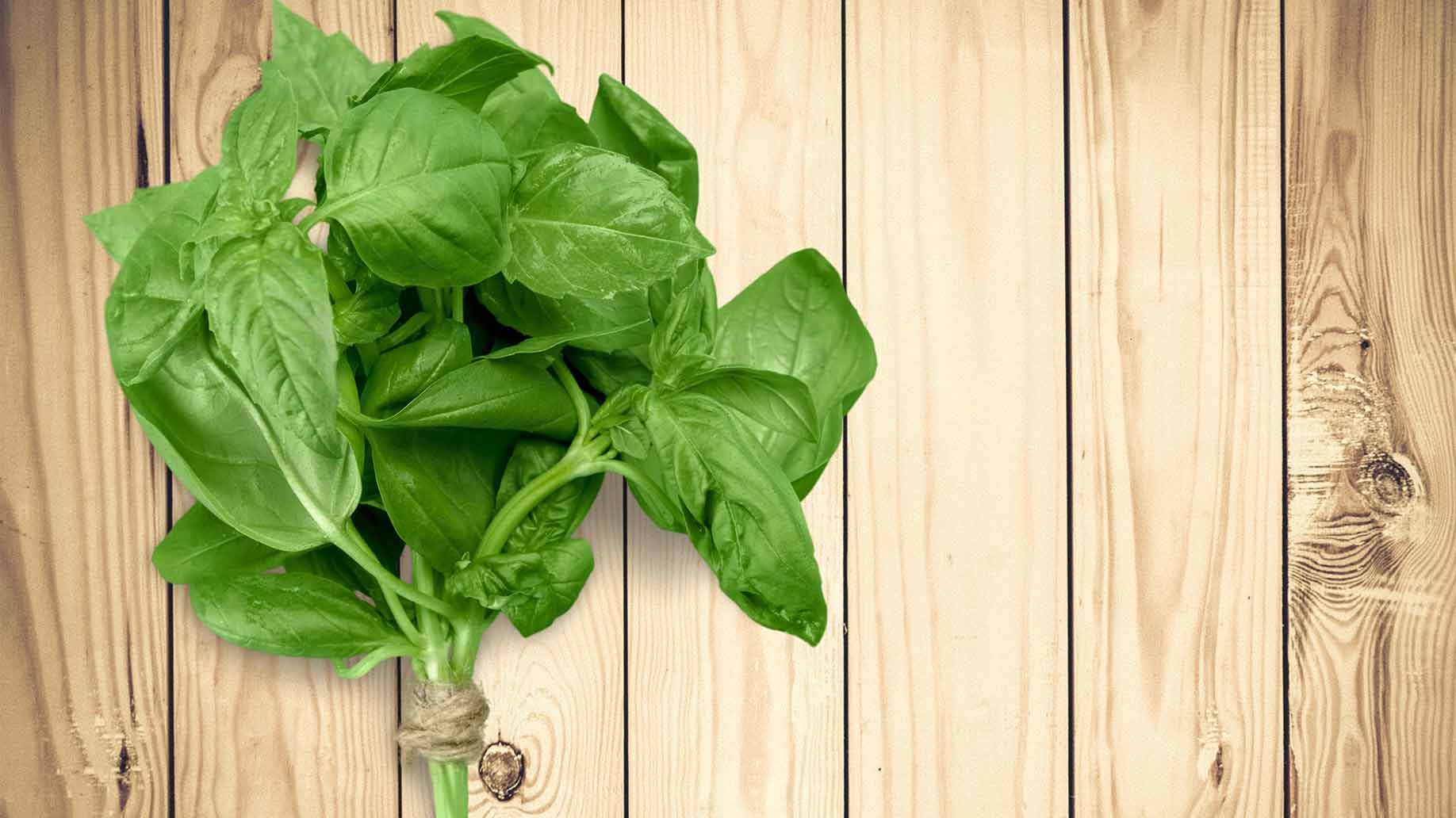
Basil is a little harder to grow during winter months. This herb likes warm and sunny environments.
Don’t forget to water and rotate the pot to ensure adequate sunlight for the entire plant. This herb is easiest to grow from a “starter plant” and transporting it to a larger pot.
Basil is ready to be harvested when it is at least 6 inches tall. The more you prune the leaves, the happier your herb will be.
If you prefer dried basil, cut off the stems and tie them (pictured above). Hang them upside down in a cool, dark, and dry place.
Recommended:
6. Aloe Vera
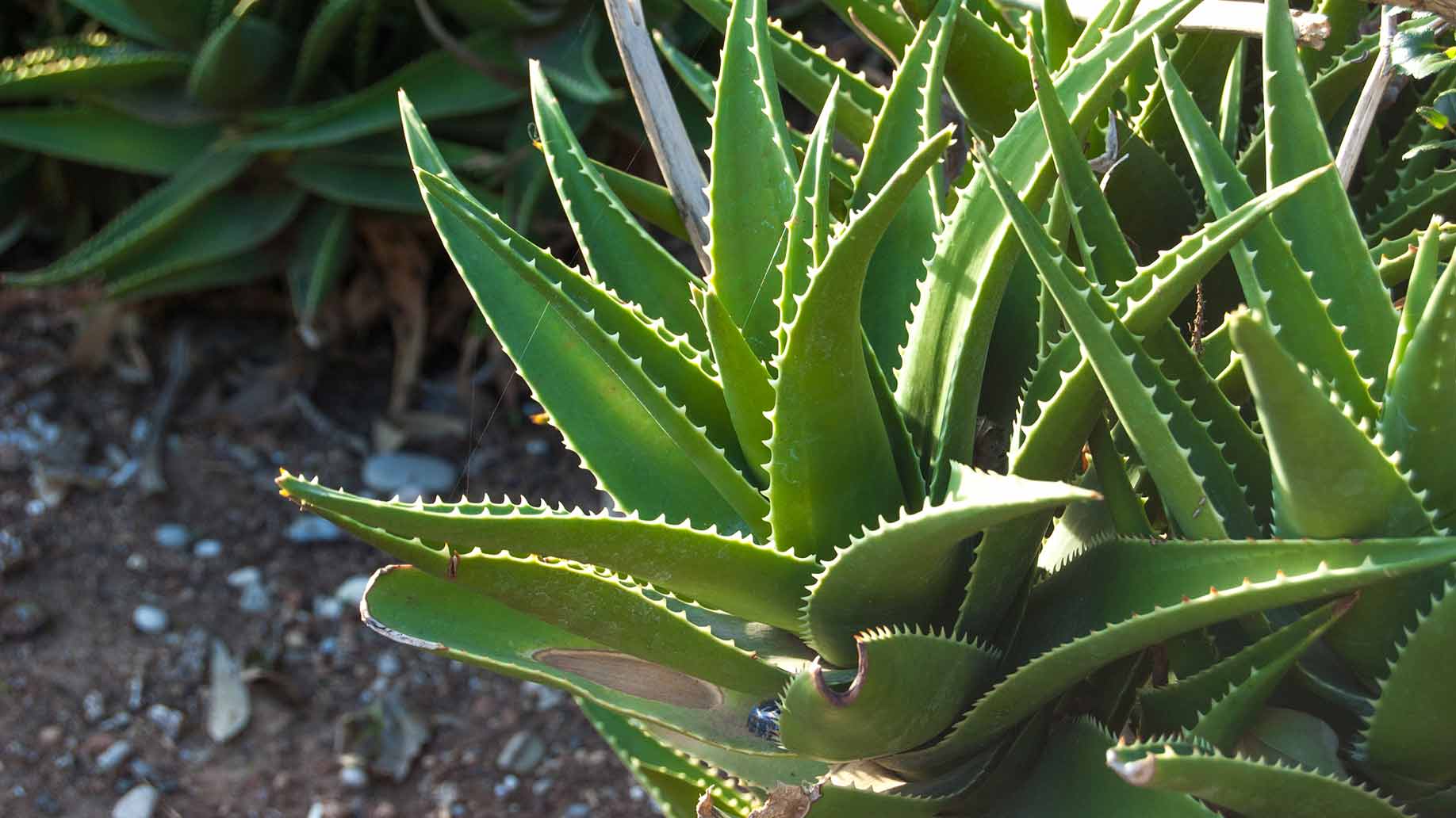
Aloe vera is not an herb but it is so easy to grow and so useful for “first-aid” emergencies. It also purifies the air and can be used to soothe inflammation and burns.
Most aloe plants come potted already, so just make sure to upgrade to a larger pot size if they outgrow their starter ones. Aloe plants like sunlight and can easily be grown indoors.
Make sure that the soil is completely dry in between waterings – once a week at most. You can water them even less during the winter months.
If you need to use the stems, just break off a piece. Let the end of the stem dry up before cutting off another piece.
Recommended:
Tips on Starting Your Indoor Herb Garden
- The bigger and deeper the pot, the better.
- Try to keep each herb separate. Some plants are invasive and do not grow well with others.
- If you do not have a green thumb, buy “starter” baby plants from nurseries or local stores. Make sure they have never been grown outdoors because you do not want to drastically change the environment of the herbs.
- Use all-purpose soil to grow your plants. Do not pack the soil too tightly and aerate slightly. You can grind up eggshells and mix them into the soil as a fertilizer.
- Use breathable pot, such as a Terra Cotta pot. The most important feature is that they must have drainage holes.
- Turn your plant once a week so each side gets adequate amounts of sunlight.
- Herbs are meant to be eaten. They will grow back the more you pluck them. If the stems are growing faster than the leaves, give them more sunlight.
- If the tips of the plants start yellowing, it could mean that they are being overwatered. Stick you finger into the soil, towards the roots. If the soil is still wet, aerate the soil a bit, and make sure the soil is not packed too tightly.
- Don’t harvest more than 50% of your herb at a time during winter months.
- When harvesting, avoid tugging at the leaves. This can strain the entire plant and dislodge its roots.
- If you can’t keep your plants near a window, try investing in indoor fluorescent grow light or a happy light.
- Home starter kits are available for those who do not have a green thumb or easily forget to water their plants.
How to Water Your Herbs
- Don’t overwater them. Herbs only require water about once a week. Get on a schedule and try to water your plants on the same day of the week, every week.
- Make sure that the soil is completely dry before watering them again. If the soil stays too moist, the roots can rot and destroy your plant. Never let water stand in the saucer for a long period of time, as this can also lead to rotten roots.
- Bring the plant to the sink and run the water until the soil is completely wet. Let the water completely drain. Repeat, let it drain, and bring it back to its saucer to catch any remaining water.
- If the pot is too heavy to carry back and forth, make sure the saucer is large enough to contain all of the draining water.
Final Word
Did you also know that plants can oxygenate and purify the air that you breathe? Growing herbs is practical and functional, and can aesthetically spruce up your place.
It is healthier and cheaper to grow your own fresh herbs. This way, you can be sure that you are not ingesting any harmful pesticides, fungicides, or herbicides.
You can also give your extra herbs away as presents to friends and family if you grow more than you can handle!

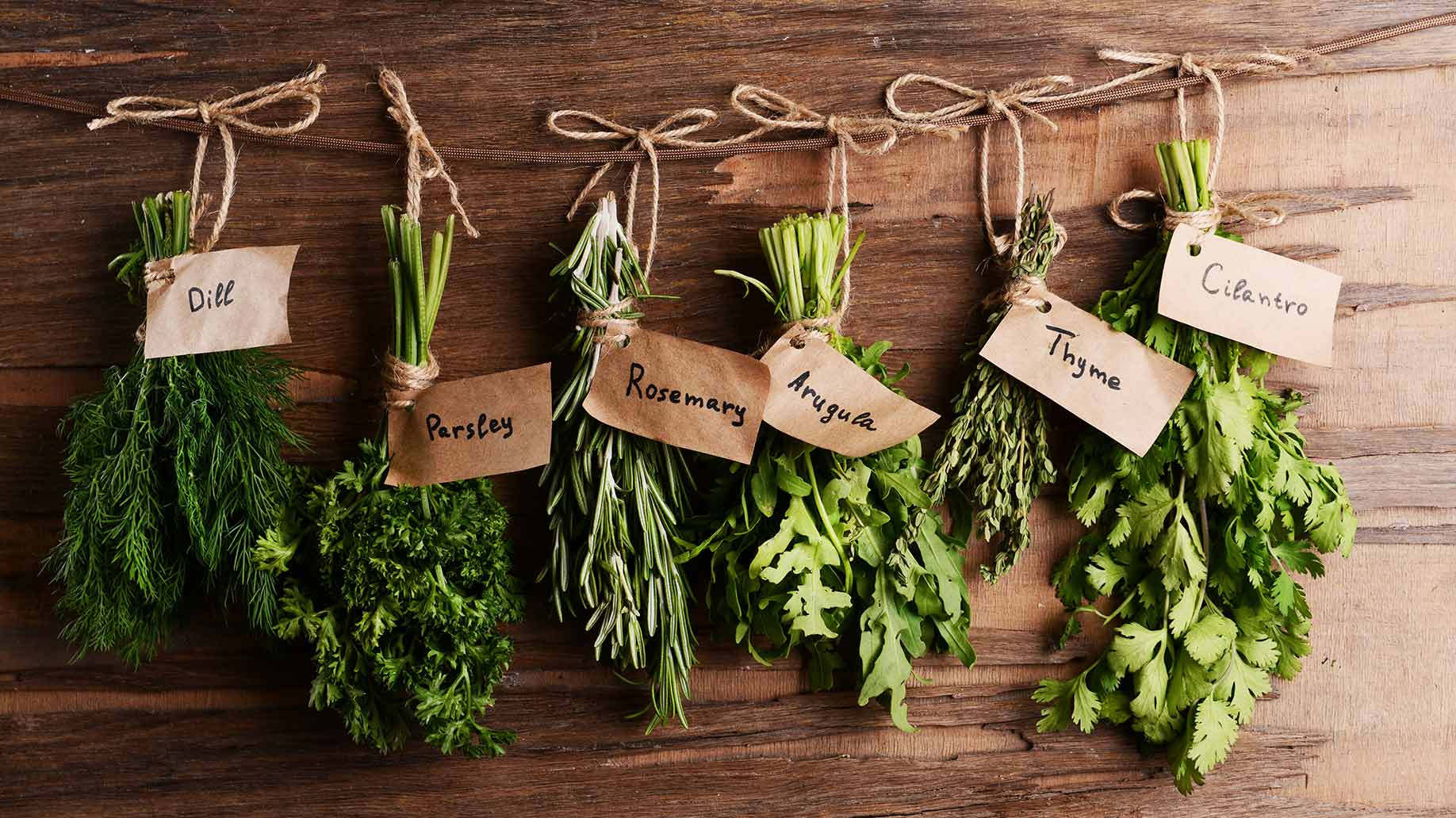
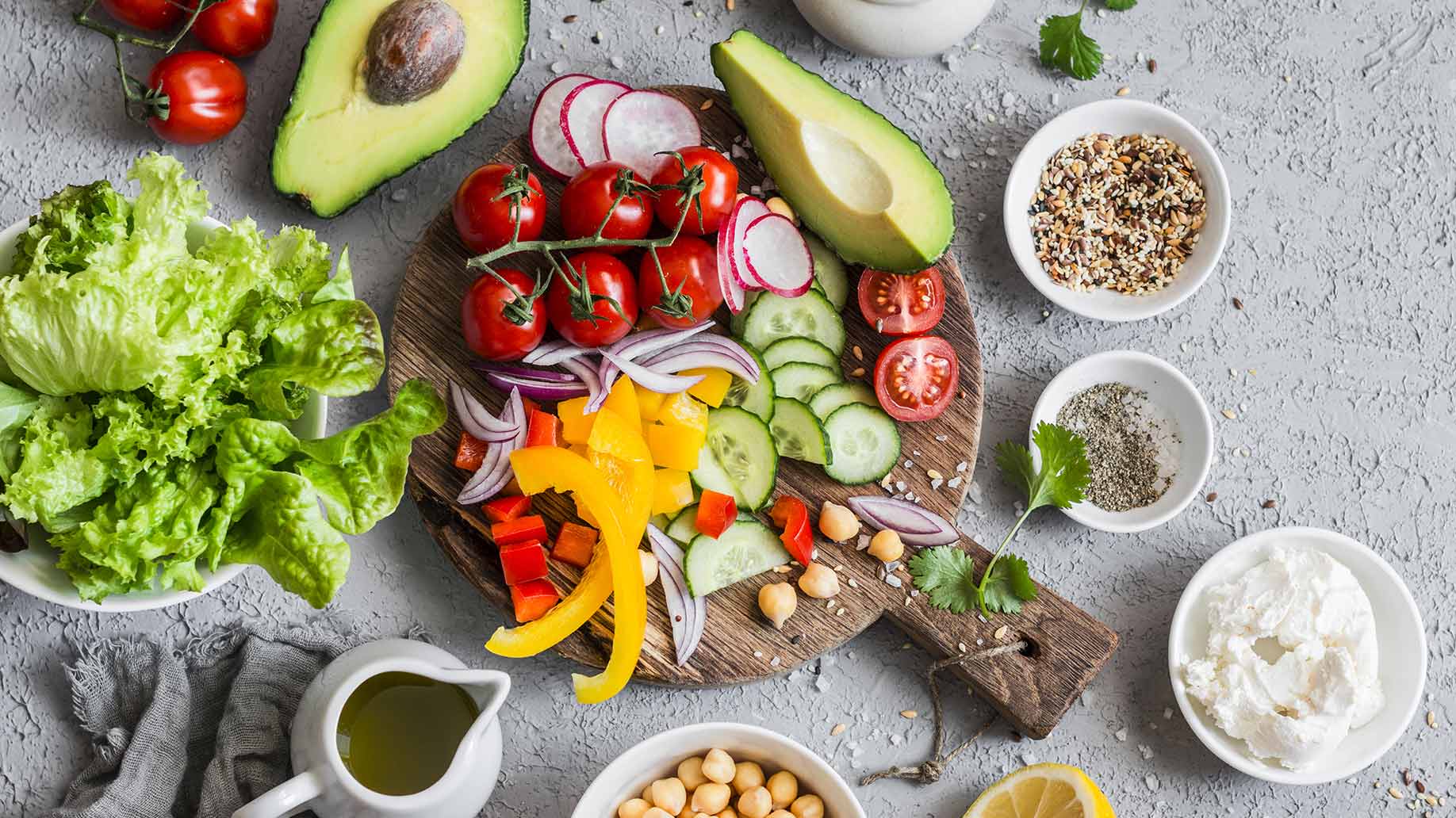
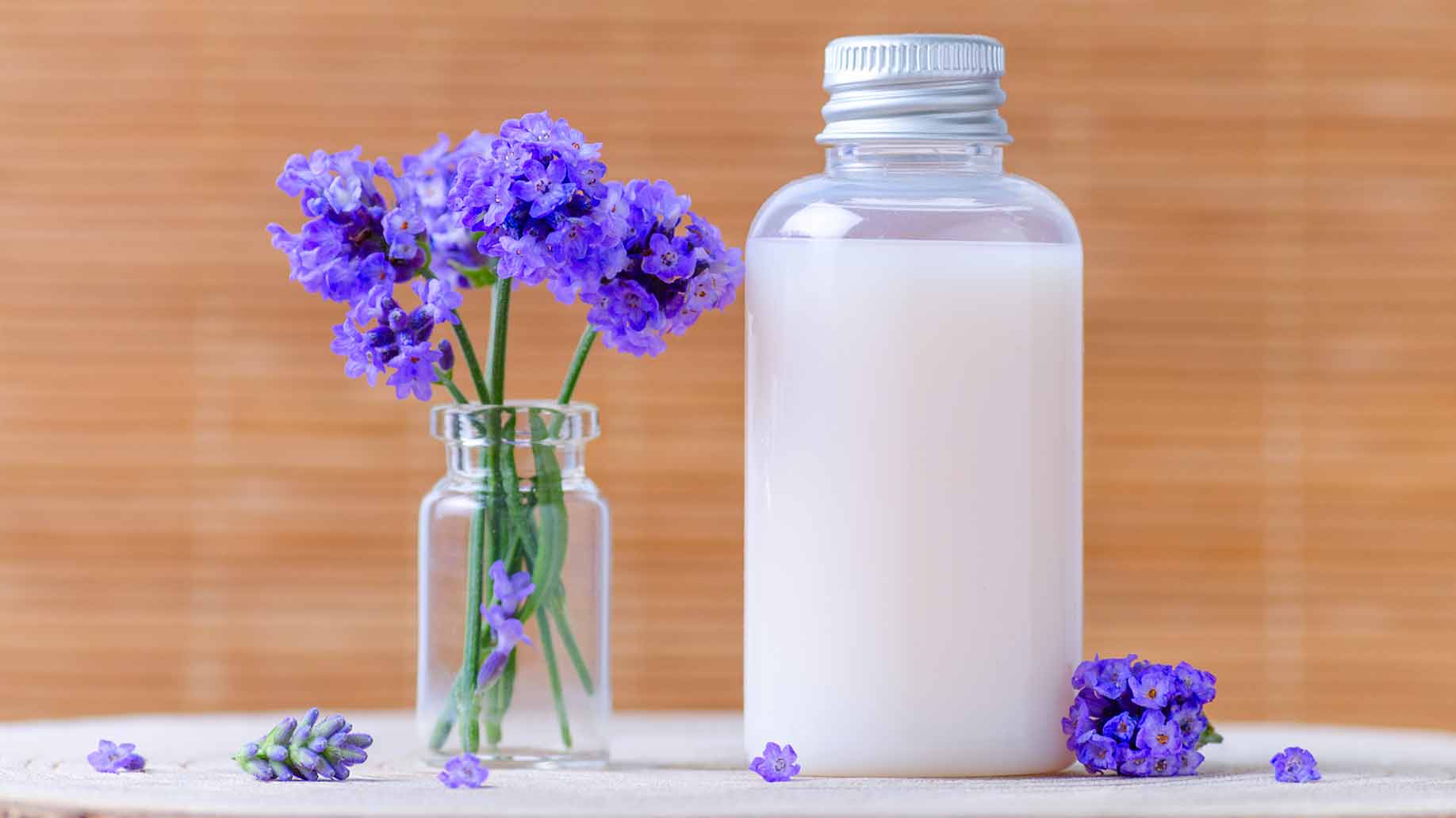





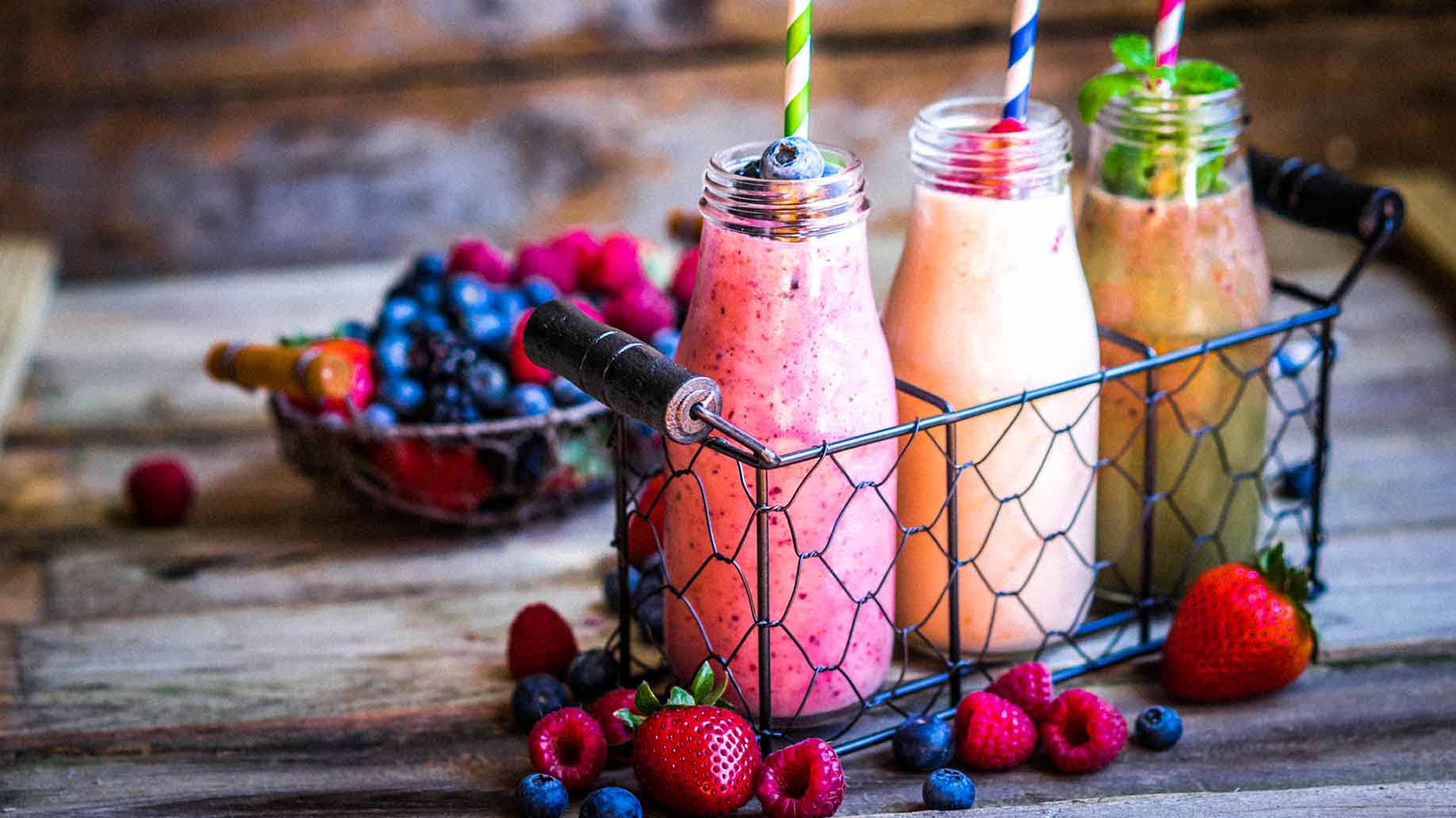
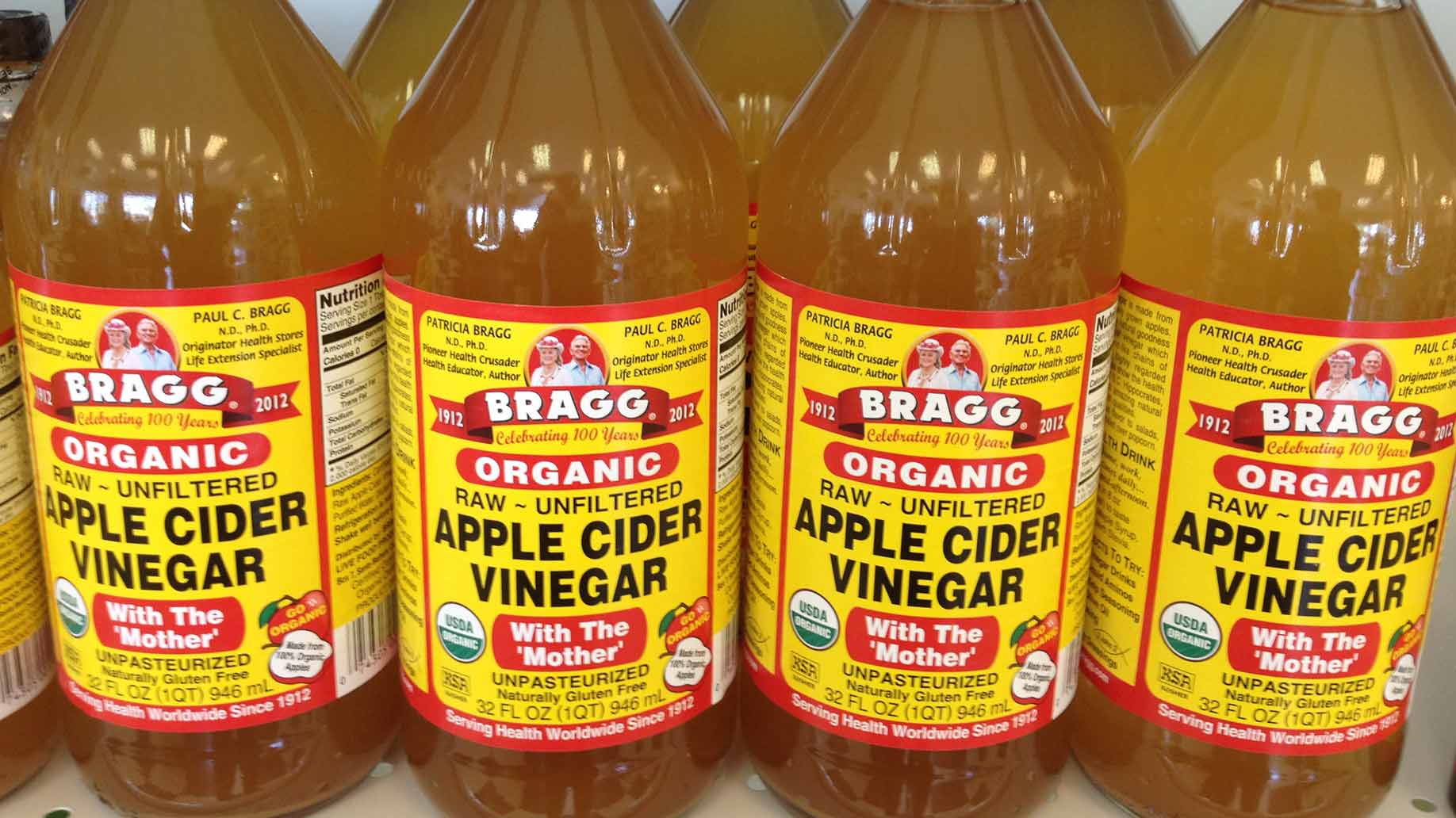
Hi, please may I use one of your herb pictures for my food project?